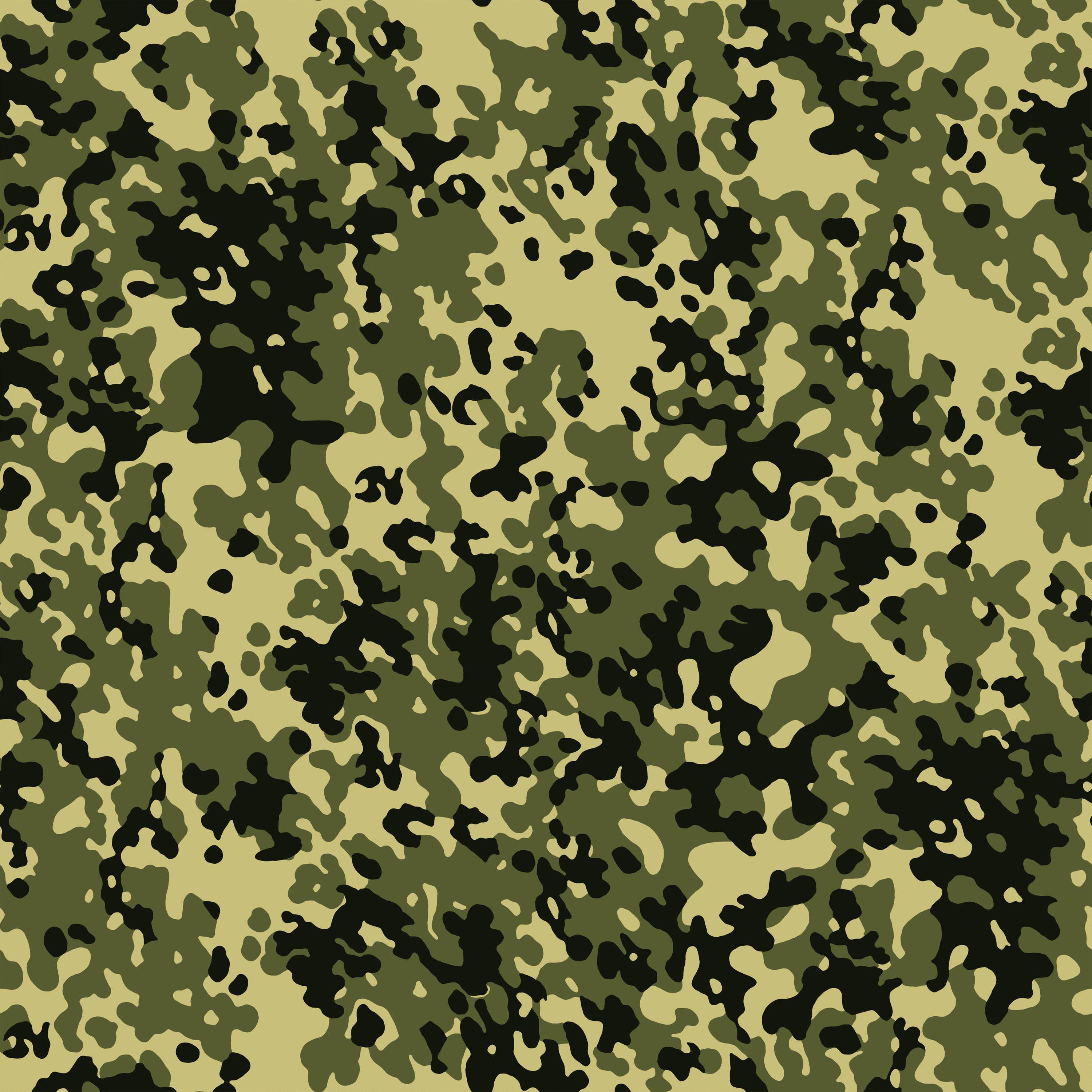

After talks to officially adopt MultiCam broke down over costs in late 2013, the Army began experimenting with the original Scorpion pattern, creating a variant code named "Scorpion W2", noting that while a pattern can be copyrighted, a color palette cannot and that beyond 50 meters the actual pattern is "not that relevant". soldiers and airmen in Afghanistan in 2010 as the Operation Enduring Freedom Pattern. Crye later modified and trademarked their version of the pattern as MultiCam, which was selected for use by U.S. The original "Scorpion" pattern was developed at United States Army Soldier Systems Center by Crye Precision in 2002 for the Objective Force Warrior program.

In May 2014, the Army unofficially announced that the Operational Camouflage Pattern (OCP) would replace UCP on the ACU.

Main article: Operational Camouflage Pattern The MultiCam-patterned ACUs were retired in 2019 with the UCP-patterned ones. Army soldiers during the latter stages of the Iraq War also wore the OEF patterned ACU some were seen wearing them as late as December 2011, when the United States withdrew its military forces from the country at the end of the war. Additionally, all uniforms are treated with the chemical permethrin to help protect soldiers from ticks and insects. The flame-retardant variants of the uniforms are designed to prevent third-degree burns, along with up to thirty percent of second degree burns. Army soldiers deployed to Afghanistan (starting with the 173rd Airborne Brigade) were issued an Army-developed variant of the Crye Precision " MultiCam" pattern, known as the Operation Enduring Freedom Pattern (OEF, OEF-CP, or OCP), which was far more effective for use in Afghanistan's terrain. Army to receive the ACU, subsequently deploying with them into Iraq in May 2005. Soldiers from the 48th Infantry Brigade Combat Team were the first in the U.S. However, the fielding process began two months earlier through the Rapid Fielding Initiative. Army's BDUs and DCUs with the ACU was set to begin in April 2005. The experimental features used on the CCU were eventually incorporated into the ACU, which was publicly announced in June 2004. Army soldiers in Iraq were issued the "Close Combat Uniform", a variant of the Desert Camouflage Uniform (DCU) that featured new features such as shoulder pockets affixed with hook-and-loop "Velcro" fasteners, chest-worn rank insignia, and a new collar. It is also the successor to the Airman Battle Uniform for the U.S. įirst unveiled in June 2004, it is the successor to the Battle Dress Uniform (BDU) and Desert Camouflage Uniform (DCU) worn from the 1980s and 1990s through to the mid-2000s, respectively. Space Force, it is referred to as the OCP (Operational Camouflage Pattern) Uniform, rather than the Army Combat Uniform. The Army Combat Uniform ( ACU) is the current combat uniform worn by the United States Army, U.S. Army soldiers in May 2011, wearing the ACU in the Universal Camouflage Pattern, along with its replacement MultiCam pattern (second from left) in Paktika province, Afghanistan


 0 kommentar(er)
0 kommentar(er)
